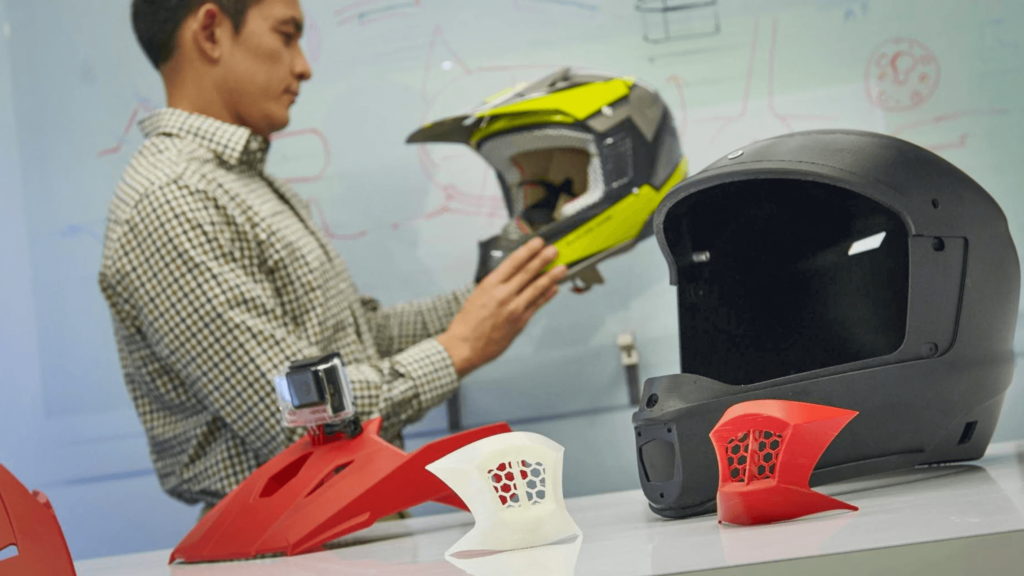
Технологията за 3D печат прави функционални, красиви прототипи на продукти достъпни за всеки. Научете как да започнете сега.
Ако някога сте се опитвали да предложите страхотна идея за нов продукт или изобретение, знаете, че вашето страстно описание просто не е достатъчно. Подробна скица или видео е по-добре, но нищо не печели хората така, както прототип, който могат да държат в ръцете си.
Днес 3D принтирането е най-добрият начин за създаване на прототипи и модели на продукти и има защо. Той е по-бърз, по-евтин, по-точен и има по-добра презентационна стойност от рязането на пяна, оформянето на глина или който и да е от ръчните процеси, използвани някога за създаване на много ръчно изработени концептуални модели.
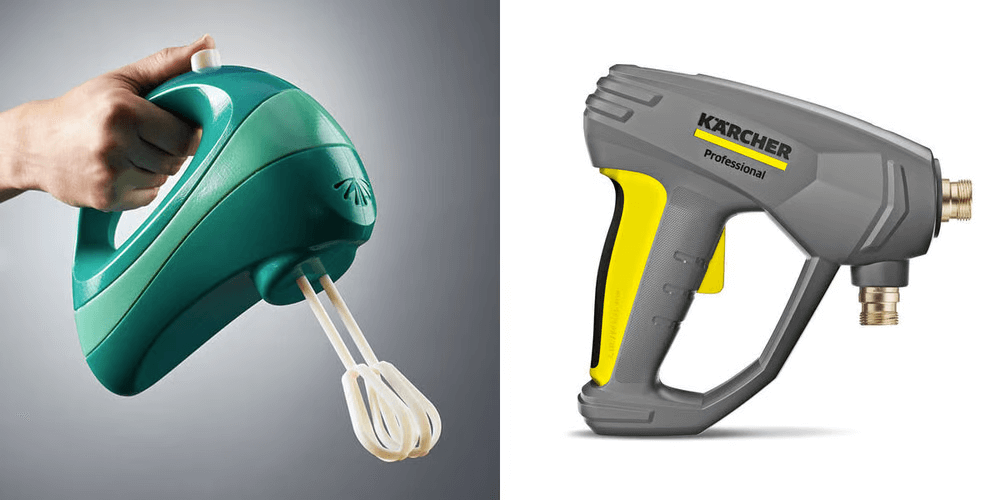
Добрият прототип придава на вашия продукт повече привлекателност, която със сигурност ще впечатли вашия шеф или инвеститори. Плюс това, тъй като 3D печатът е толкова лесен и достъпен, вече няма извинение за използването на лента и лепило.
3D принтирането, независимо дали го правите сами или използвате онлайн услуга, ви позволява да представите идеята си на пазара по-бързо. В зависимост от вашия продукт можете да отпечатате работещ прототип за няколко часа, което ви позволява да тествате функционалност и естетически привлекателен вид, да препроектирате и да отпечатате нови итерации още същия ден.
В това ръководство ще научите всичко, което трябва да знаете, за да отпечатате 3D прототипите на вашите продукти, включително кои материали да изберете, дали има смисъл да закупите собствен 3D принтер (и кой) и как да изберете и използвате услуги за 3D печат, за да получите вашия прототип бързо отпечатан и доставен до вратата ви.
Прототипи за разработване на продукти
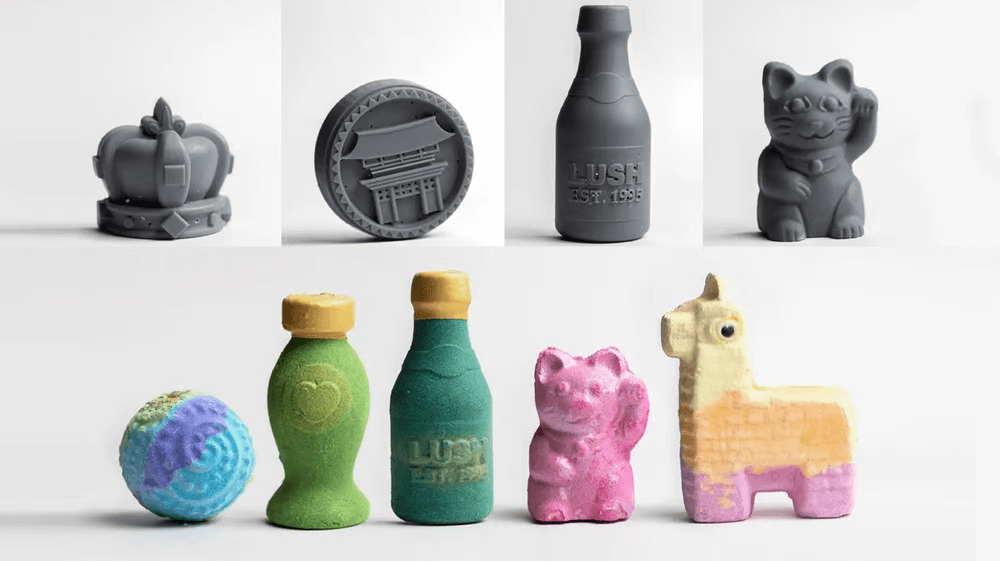
Много преди да стигнете до момента на представяне на идеята си, вие тествате дали тя наистина ще функционира или не. На теория вашият продукт ще промени света. Първо, тестването му ще покаже къде се нуждае от още работа.
3D печатът ви позволява да създавате страхотно изглеждащи модели, но също така и напълно функционални, работещи прототипи, достатъчно силни за тестване при реални условия. Практическото тестване е основната стъпка в разкриването на проблемите, с които може да се сблъскате при производството на вашия продукт и в начина, по който клиентите ще го използват. Тестването и анализът в реалния живот ви помагат да пуснете по-добри продукти на пазара.
Много продуктови дизайнери отпечатват 3D прототипи на първоначалния дизайн в основна пластмаса, след което преминават към инженерни материали или дори 3D отпечатан метал за функционално тестване.
Нека да разгледаме някои примери.
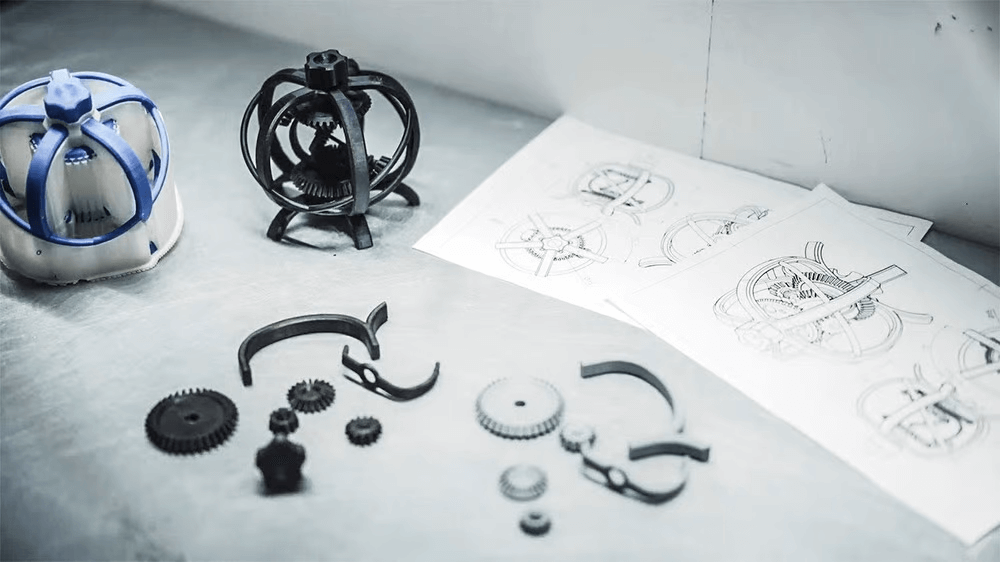
Пълен размер и функционалност
Black Diamond Equipment прави иновативна екипировка за катерене, ски и планина, известна с комфорт, издръжливост и производителност. Всички техни продукти преминават през строг процес на проектиране, тестване и итерация, преди да излязат на пазара.
Компанията използва 3D принтиране в работния си процес на проектиране от години, за да създаде прототипи или умалени модели в компанията. По-големите пълномащабни прототипи често бяха възлагани на фирма за прототипиране, тъй като стандартният размер на настолните 3D принтери беше твърде малък, докато не откриха Formlabs Form 3L – стереолитографски (SLA) 3D принтер с обем на изграждане, който може да се справи с прототипиране в човешки мащаб на продукти като каски и лопата за алпинизъм, показани на снимката по-долу.
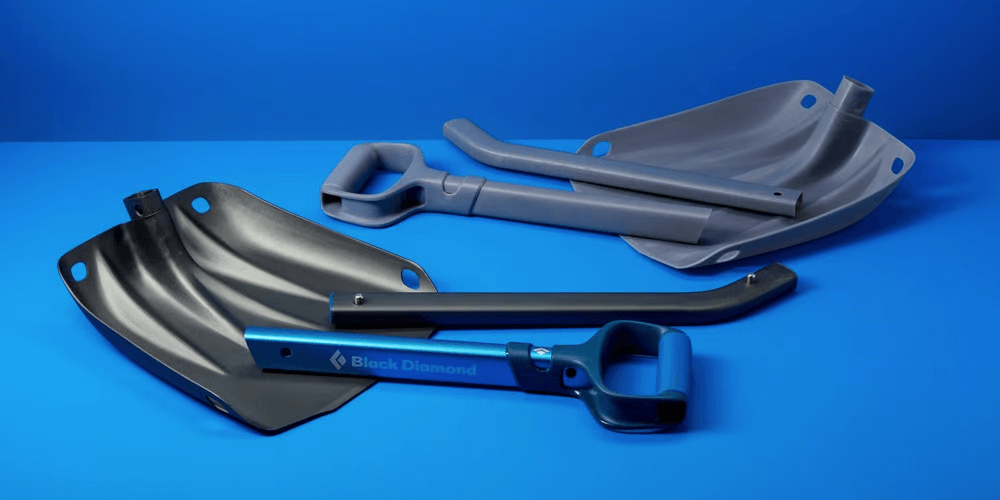
Достъпни итерации
Самостоятелният предприемач Khalid Bou-Rabee предприе различен подход, за да провери дали новото му изобретение за домашна тренировка за вдигане на тежести наистина ще функционира.
„Компютърните симулации могат да бъдат много точни, но нищо не може да замени тестването в реалния свят. Имах нужда от прототипи“, каза той пред All3DP.
Първоначално младият предприемач мислеше, че ще поръча прототип от неръждаема стомана, но бързо промени решението си, когато му беше предложена цена от над 1000 долара за една метална част, обработена с ЦПУ. След това той се обърна към пазара за услуги за 3D печат, който предоставя незабавни оферти за всеки качен цифров дизайн. Чрез това Bou-Rabee откри здрава като стомана полимерна алтернатива и намери партньор за 3D печат, който можеше да си позволи да произведе множество итерации, което му позволи да тества своя продукт и да го пусне на пазара в рамките на една година.
Функционалното тестване често означава създаване на прототип от същия материал, в който ще бъде произведен крайният продукт, като въглеродни влакна или неръждаема стомана. С възможността за бързо 3D отпечатване на части от неръждаема стомана както вътрешно, така и чрез услуги по заявка, дизайнерските екипи могат да произвеждат функционални прототипи за тестване, като например 3D отпечатаната алуминиева велосипедна рамка от Canyon на снимката по-долу.
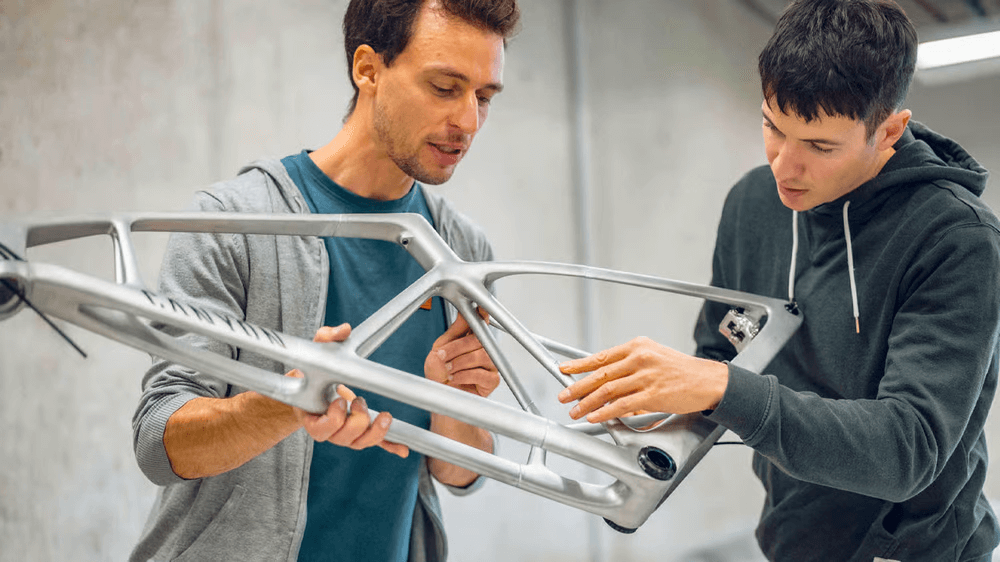
В друг пример за метални 3D отпечатани прототипи, Shukla Medical произвежда хирургически инструменти, използвайки неръждаема стомана 17-4 PH на 3D принтер Markforged. Неръждаемата стомана е същият материал като много от крайните продукти. Тези прототипи на метални инструменти отиват в ръцете на хирурзите за оценка. „Хирургът може да си представи използването му в действителния разрез и може да ни каже дали го усеща по правилния начин в ръцете си“, казва Zack Sweitzer, мениджър за продуктово развитие на компанията. „Възможността да създаваме прототипи по-ефективно и да пускаме готовите продукти на пазара по-бързо ще ни държи в челните редици на индустрията.“
Материали за 3D печат за прототипи
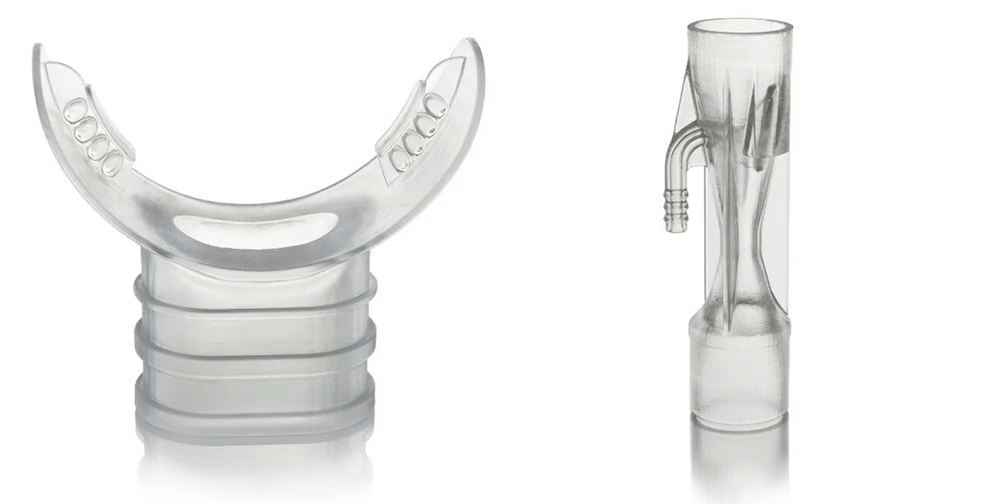
Материалите, в които можете да отпечатате 3D своя прототип, са практически неограничени, обхващащи меки силикони, метали, здрави пластмаси, проводимi, устойчиво дърво и дори шоколад. Има хиляди налични материали за 3D печат и методи за 3D печат с множество материали наведнъж.
Ако не сте сигурни кои материали биха били най-добри за вашия прототип, ние от 3MG Bonev Ltd. ще ви обясним различните материали, техните свойства и за какво най-често се използват, ще помогнем да изберете най-подходящия за вас и ще ви предложим възможността да го закупите от нас.
Общи материали за 3D печат:
- PLA Plastic
- TPU (flexible)
- Stainless Steel
- Carbon Fiber
- Flame Retardant Material
- Nylon
По-долу поставяме основите в бърза диаграма.
| Property | Materials | Cost | 3D Printing Technology* |
| Твърд | PLA | Евтин | FDM, SLA |
| Гъвкав | TPU, Resin | Достъпни | FDM, SLS |
| Прозрачен | Resin | Достъпни | SLA |
| Издръжлив | Nylon, Carbon Fiber | Умерен | FDM, SLS |
| Устойчив | Recycled PETG, Recycled PLA | Достъпни | FDM |
| Топлоустойчив | Flame Resistant PLA | Достъпни | FDM, SLS |
| Мек на допир | TPU, Flexible Resin | Умерен | FDM, SLA |
| Colorful | Resin | Скъп | Polyjet, Inkjet |
*технологии, описани по-долу
Видове 3D печат за създаване на прототипи
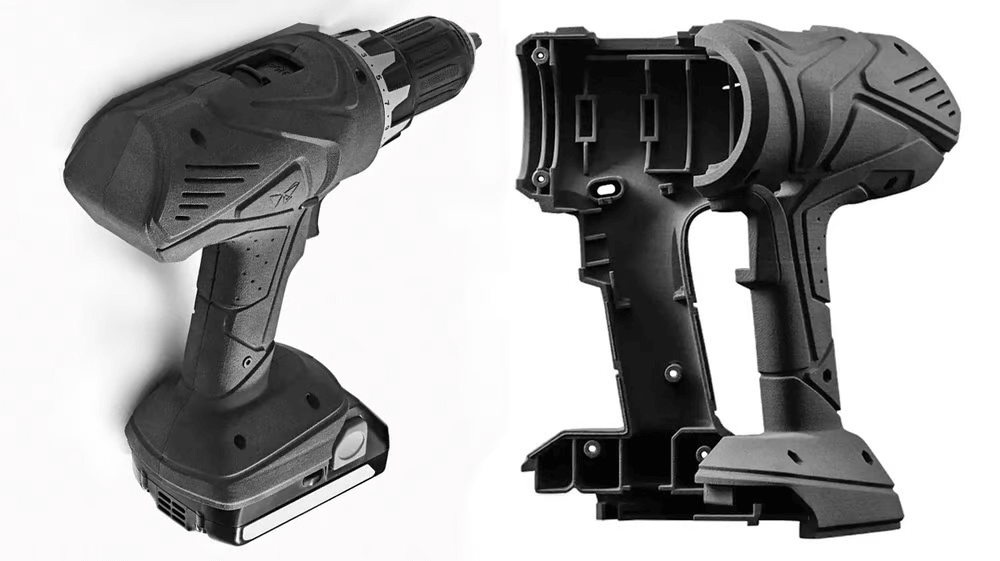
Има повече от дузина видове 3D печат . Всички те се използват за бързо създаване на прототипи. Намирането на идеалното съвпадение за вашия продукт е въпрос на баланс между цена, скорост, материал, сложност на частта и дали искате да го отпечатате сами или да го възложите на външна фирма. Като цяло, най-използваната технология за прототипи в пластмасите е fused deposition modeling (FDM), защото е най-лесната и най-евтината.
Ако възложите вашия прототип на външна услуга, може да бъдете попитани как искате да бъде отпечатан. По-долу разглеждаме основните.
| Трябва | Метод на 3D печат | цена |
| Бърз | FDM | Евтини |
| Икономичен | FDM | Евтини |
| Точен детайл | SLA, SLS | Достъпни |
| Метални части | FDM, SLM | Умерен |
| Множество части | SLA, SLS, MJF | Умерен |
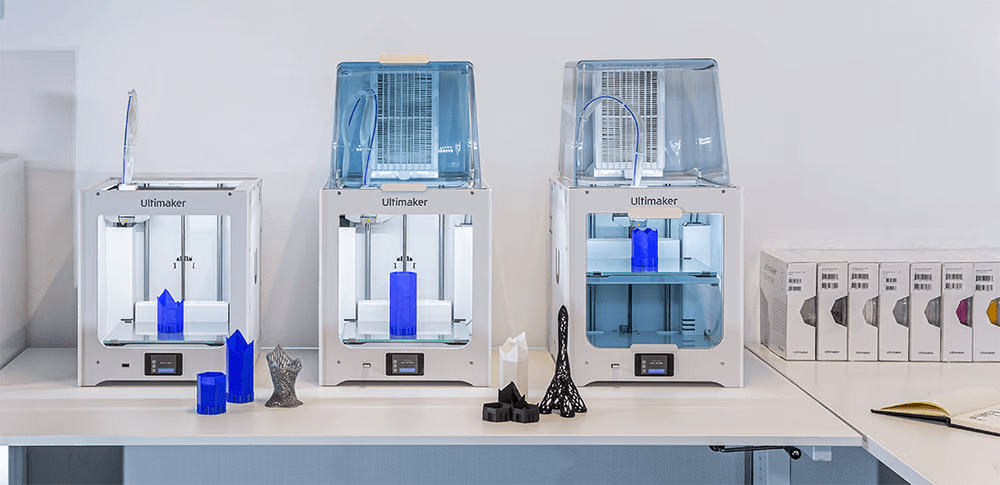
Моделиране на разтопено отлагане (FDM)
FDM , който използва ролки от пластмасова нишка като материал, е най-широко използваният метод за 3D печат за прототипи поради разнообразието от налични материали и ниската цена. Независимо дали купувате машина или поръчвате през сервиз, FDM е най-икономичният. Но FDM също е индустриален метод. FDM машините от производствен клас могат да печатат с инженерни материали, като въглеродни влакна, с фини детайли и супер здравина, така че не мислете за това като за най-евтиния вариант. Можете също така да печатате метал, като използвате тази технология и метална нишка, която всъщност е пластмасова нишка с метален прах.
Ако искате да закупите свой собствен FDM 3D принтер, разгледайте нашия интернет магазин: https://shop.3mgbonev.com/category/3d-printeri-materiali-i-rezervni-chasti
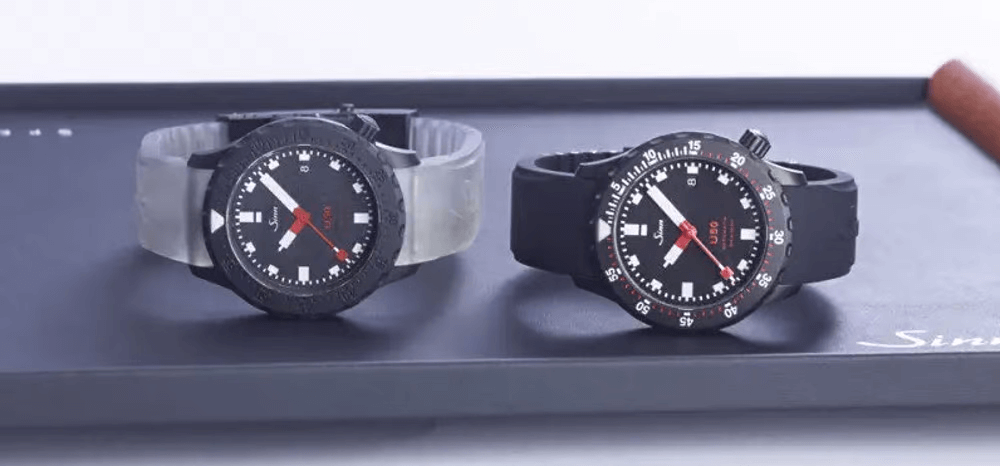
Прототип, отпечатан на Formlabs Form 3 SLA (Източник: Formlabs)
Стереолитография (SLA)
За части, които трябва да имат малко по-гладки повърхности ( от FDM ) направо от принтера или повече фини детайли, продуктовите дизайнери често се обръщат към 3D принтери, които използват стереолитографска (SLA) технология, наричана още 3D печат със смола. Тези машини използват течна смола като основен материал и са предпочитаният избор за прозрачни продукти и части с фини характеристики, като например бижута.
Както при FDM, има бюджетни, студийни и индустриални версии на 3D принтери със смола, способни да работят с различни материали, вариращи от издръжливи през гъвкави до индустриални. Ако искате да закупите свой собствен, ние ще ви предложим на световния лидер Formlabs: https://shop.3mgbonev.com/category/3d-printeri-formlabs
Селективно лазерно синтероване (SLS)

SLS , наричан още лазерно прахообразно сливане, е метод за 3D печат, който използва лазер за стопяване на прахообразни полимери слой по слой. Ще се обърнете към този метод за функционални прототипи, които възнамерявате да инсталирате в двигатели или машини, и да ги подложите на тест. SLS произвежда части с фини детайли от материали, като найлон, пълен с въглеродни влакна, които могат да издържат на тежки условия.
SLS принтерите могат да отпечатват много части наведнъж, така че това е и идеалният избор, когато имате нужда от дузина части или когато искате да отпечатате много малко различни повторения наведнъж. SLS се използва за крайни части, както и за прототипи, което прави тези машини популярни в машинните цехове и крайни производители.
Метален 3D печат
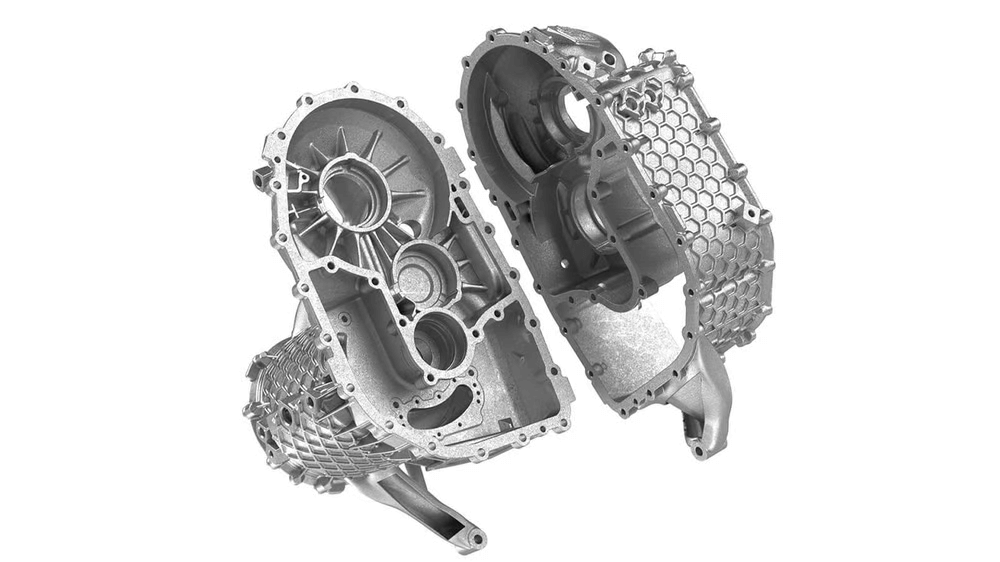
Ако вашият краен продукт ще бъде изработен от метал, тогава имате нужда от метален прототип. Всяка от технологиите за 3D печат на метали ще бъде по-скъпа от полимерните опции, но ще бъде по-бърза и по-евтина от всеки традиционен метод за производство на метални части, като леене или машинна обработка.
В сравнение с CNC фрезоване на неръждаема стомана или леене под налягане, 3D принтирането е идеално за създаване на прототипи, защото няма загуба на материал или необходимост от създаване на матрица или отливка. Освен това няма минимални количества при поръчка на метални 3D отпечатани части от доставчик на услуги.
Окончателни прототипи за представяне пред клиенти
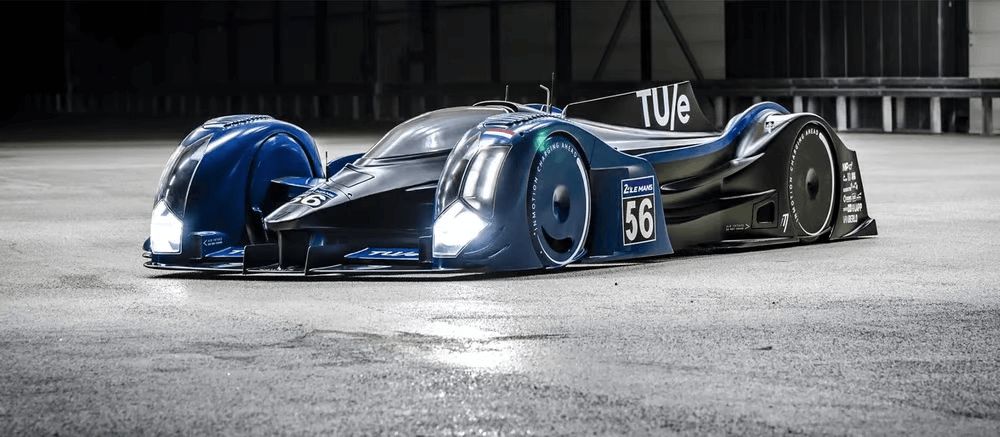
Усъвършенствахте своя продукт. Функционира според очакванията и сега е време за 3D отпечатване на финалната версия. Тук често влиза в действие пълноцветното прототипиране, заедно с различни опции за последваща обработка, за да направите вашия прототип да изглежда възможно най-много като вашата окончателна версия.
Вероятно вашият краен продукт няма да бъде само в един цвят. За съжаление повечето методи за 3D печат отпечатват само с един или два материала (в един или два цвята) наведнъж. Въпреки че някои могат да отпечатват в четири или шест цвята наведнъж.
Ако искате пълноцветен прототип, имате две възможности: боя или пълноцветен 3D печат.
Боядисване и последваща обработка
Повечето материали за 3D печат поемат много добре боя и има различни техники. Имаме подробни примери в интернет пространството, което трябва да знаете за изглаждането, грундирането и боядисването на вашите прототипи, както и как да получите кристално чисти части , които представляват “стъкло”.
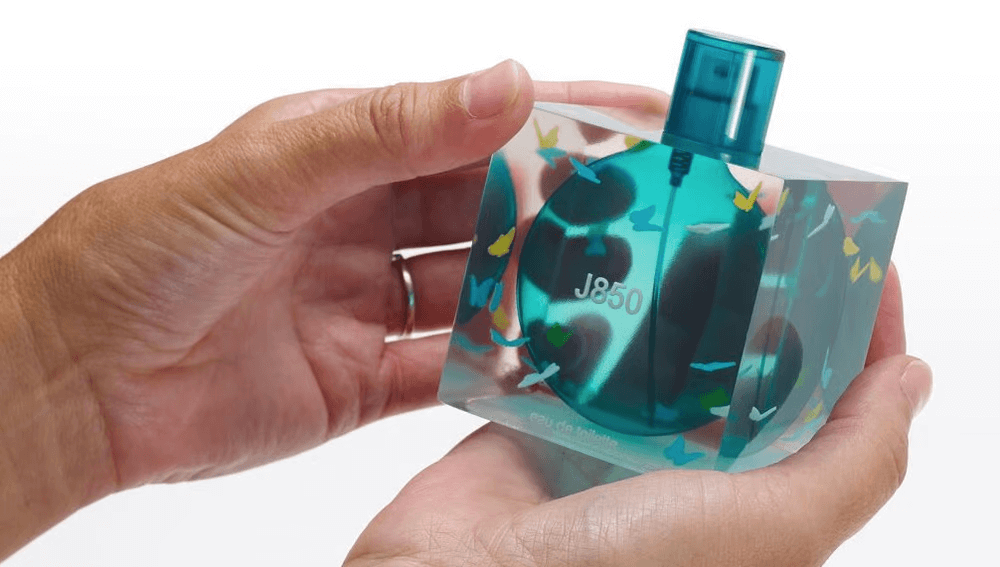
Пълноцветен от 3D принтера
Ако не сте сръчни с четка, има пълноцветни 3D принтери, които предлагат хиляди цветови опции и дори могат да съответстват прецизно на Pantones. Има само няколко компании, които произвеждат пълноцветни 3D принтери, така че ако използвате услуга, потърсете Polyjet печат от Stratasys, ColorJet от 3D Systems или Inkjet от Mimaki.
PolyJet от Stratasys, например, се използва от продуктови дизайнери по целия свят за прототипиране на крайни продукти в точни цветове и дори текстури. Просто погледнете този функционален прототип на бутилка за парфюм по-горе, отпечатан като едно цяло върху Stratasys J850.
Пълноцветните 3D принтери дават удивителни резултати, но са скъпи. Поръчката от сервиз прави тази технология много по-достъпна.
Купете 3D принтер или възложете на сервиз?
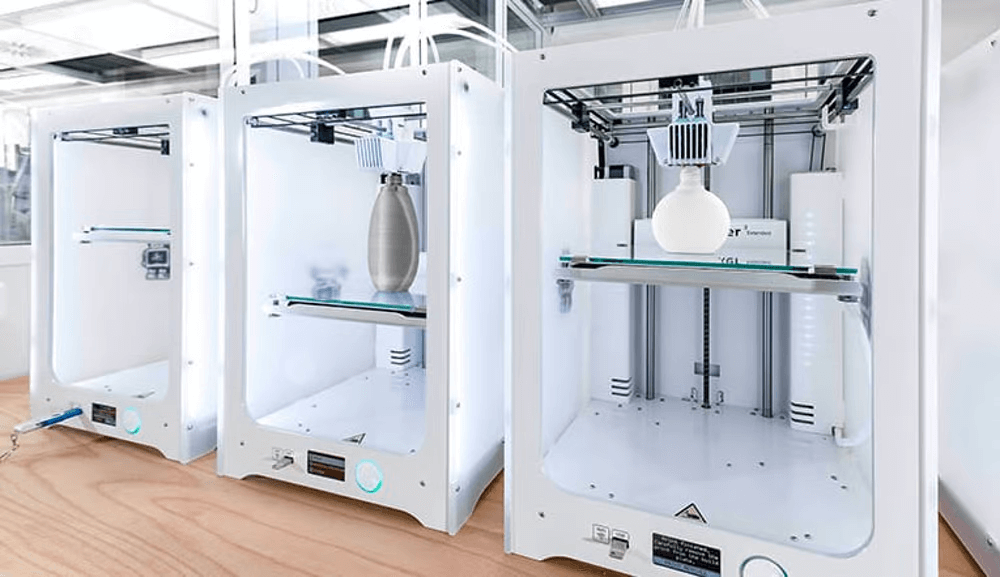
Създаване на вътрешни прототипи
Първоначалната цена на 3D принтер може да изглежда плашеща, но в зависимост от това колко прототипирате, машината може да се изплати само за няколко седмици или месеци, когато я сравните с това, което бихте похарчили за аутсорсинг или алтернативни производствени методи .
Има стотици страхотни марки 3D принтери. Можете да започнете 3D печат сами с тези машини практически веднага след изваждането им от кутията. Освен това една добра, основна машина може да струва само няколкостотин долара.
По-сложните машини, които ще печатат с по-издръжливи материали, започват от около $3000 и също могат да бъдат много лесни за използване, но изискват известна подготовка, която ние можем да ви предоставим.
Днес компании, които често създават прототипи, като например фирми за промишлен дизайн, имат 3D принтери в офиса като стандартно оборудване.
„По това време в продуктовия дизайн 3D принтирането се е превърнало в инструмент на търговията“, казва Дейвид Блок, директор на Studio Redeye в Бруклин, Ню Йорк. „Ако нямате 3D принтер и сте в пространството за разработка на продукти, вие сте изостанали“, повтаря Джонатан Тай, съосновател и партньор на HatchDuo в Сан Франциско.
Но коя машина да купя?
3MG Bonev Ltd. ще ви помогне и с това. Някой технологии използваме всеки ден, тестваме ги, проследяваме ги, разговаряме с хората, които ги използват.
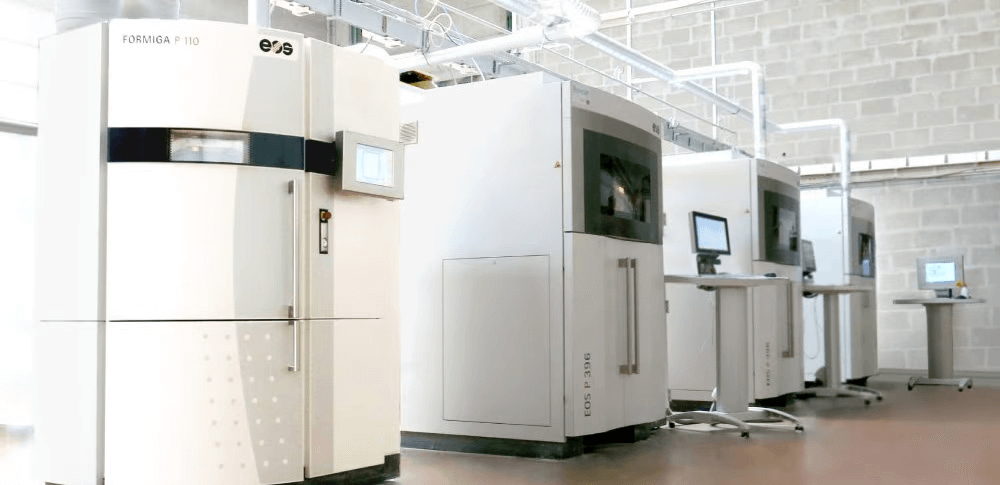
Изнесете вашето бързо прототипиране
Да получите своя прототип 3D отпечатан днес е толкова лесно, колкото да качите вашия цифров файл в услуга и след това да изчакате звънеца на вратата ви да звънне. Буквално не е нужно да знаете нищо за 3D принтирането. Но разбира се, малко знания могат да доведат до по-добър избор на материали и технологии.
Когато става въпрос за материални разходи, не е лесно да се каже, че артикул, отпечатан в PLA, ще струва значително по-малко от същия артикул в инженерен материал.
Въпреки че услугите за 3D печат са силно автоматизирани и използват сложен софтуер за улесняване на всеки етап от производството, все още има част от ръчния труд. Например след отпечатването частите се почистват, сортират и опаковат. Крайната цена на отпечатан артикул отразява този труд, част от „таксата за обслужване“, която се таксува за артикул или поръчка.
Друг фактор, който трябва да се има предвид, за да се разбере как услугите за 3D печат изчисляват цените, е довършителната обработка: шлайфането, боядисването, полирането и други последващи процеси, които помагат да извлечете максимума от вашите 3D разпечатки. Въпреки това, тъй като те често се извършват ръчно, те ще увеличат крайната цена.
В процеси като SLS най-големият двигател на разходите за 3D печат не е нито материалът, нито трудът, а машинното пространство. Услугите за 3D печат подреждат модели от различни поръчки заедно, за да отпечатат възможно най-много части в една конструкция. Кухите части понякога могат да поемат по-малки части. Този процес прави 3D принтирането по-рентабилно за услугите за 3D принтиране. Така че формата на вашия 3D файл може пряко да повлияе на това как се изчисляват цените на услугите за 3D печат.
Разбира се, трябва някой да ви достави готовото изделие. Логично е да разгледате разходите за доставка, тъй като те могат да се различават значително.
0 Comments